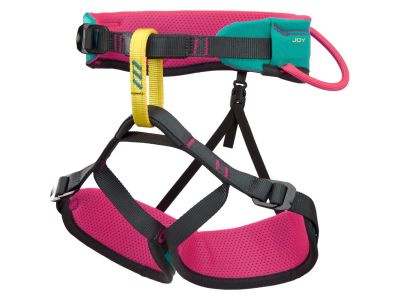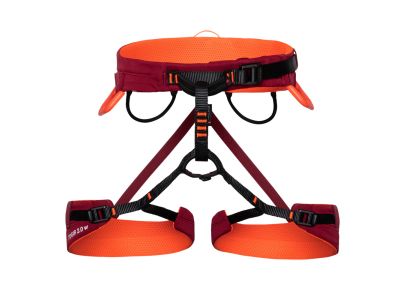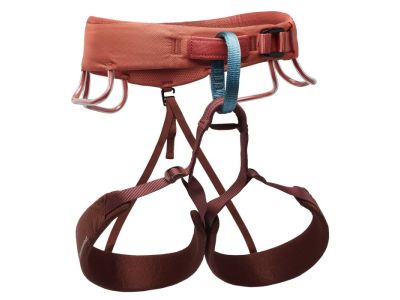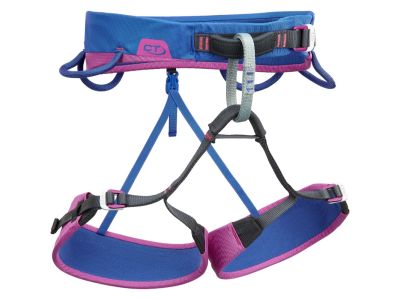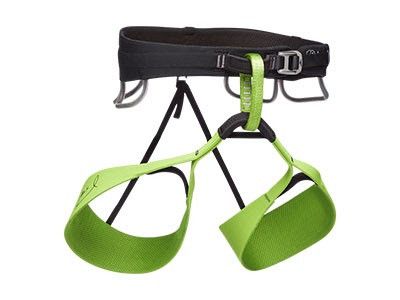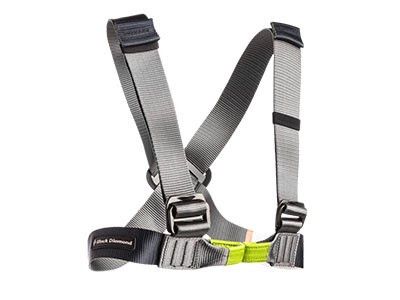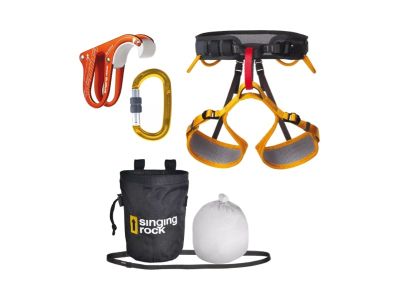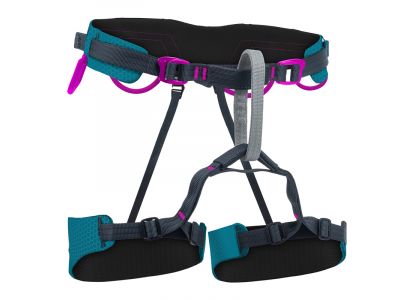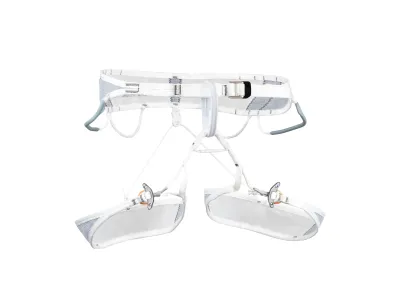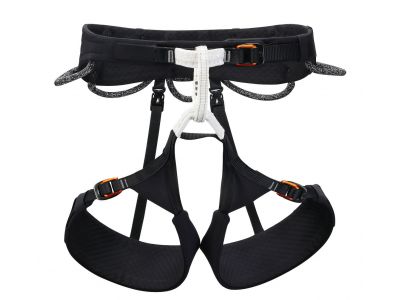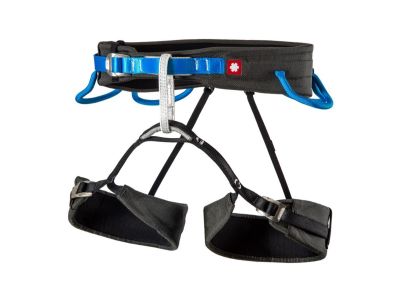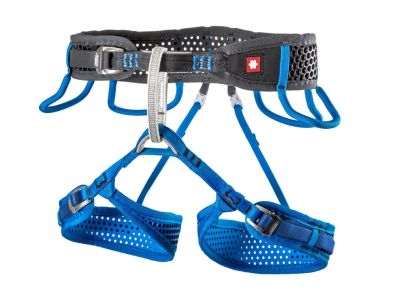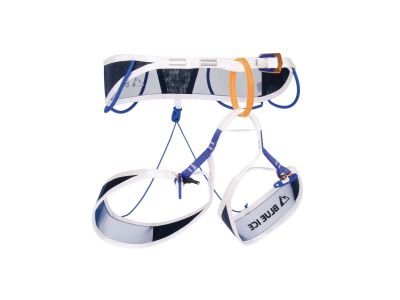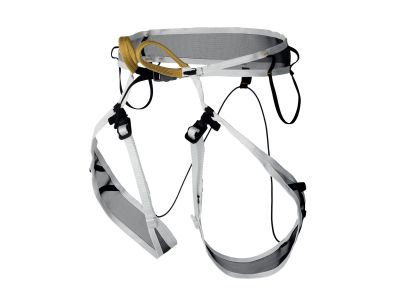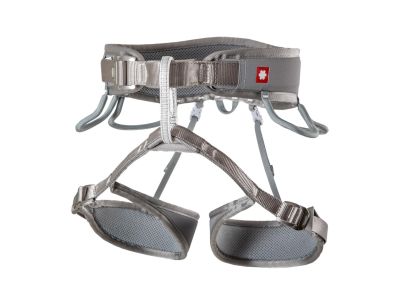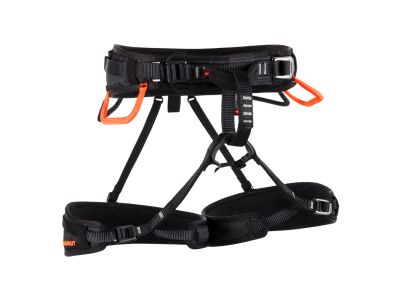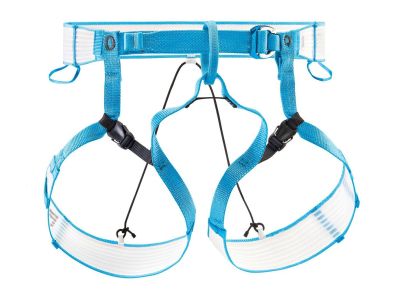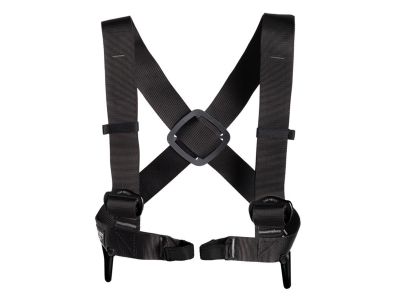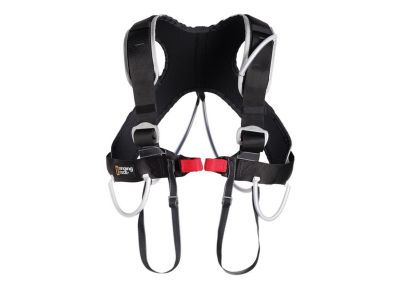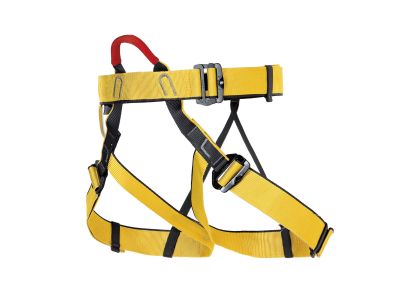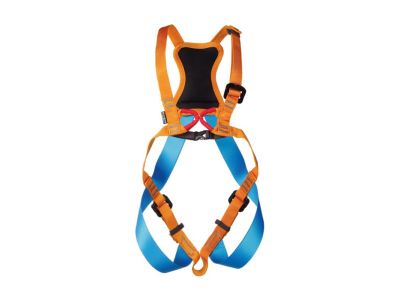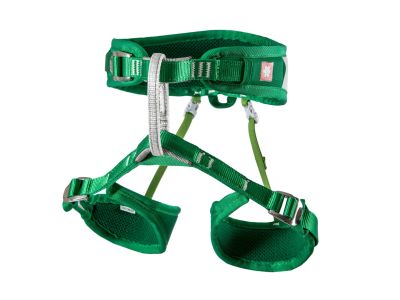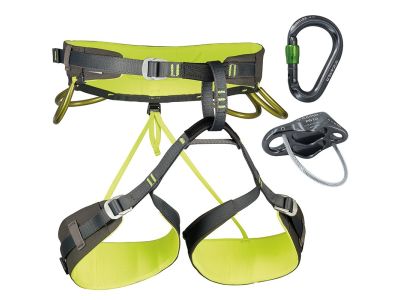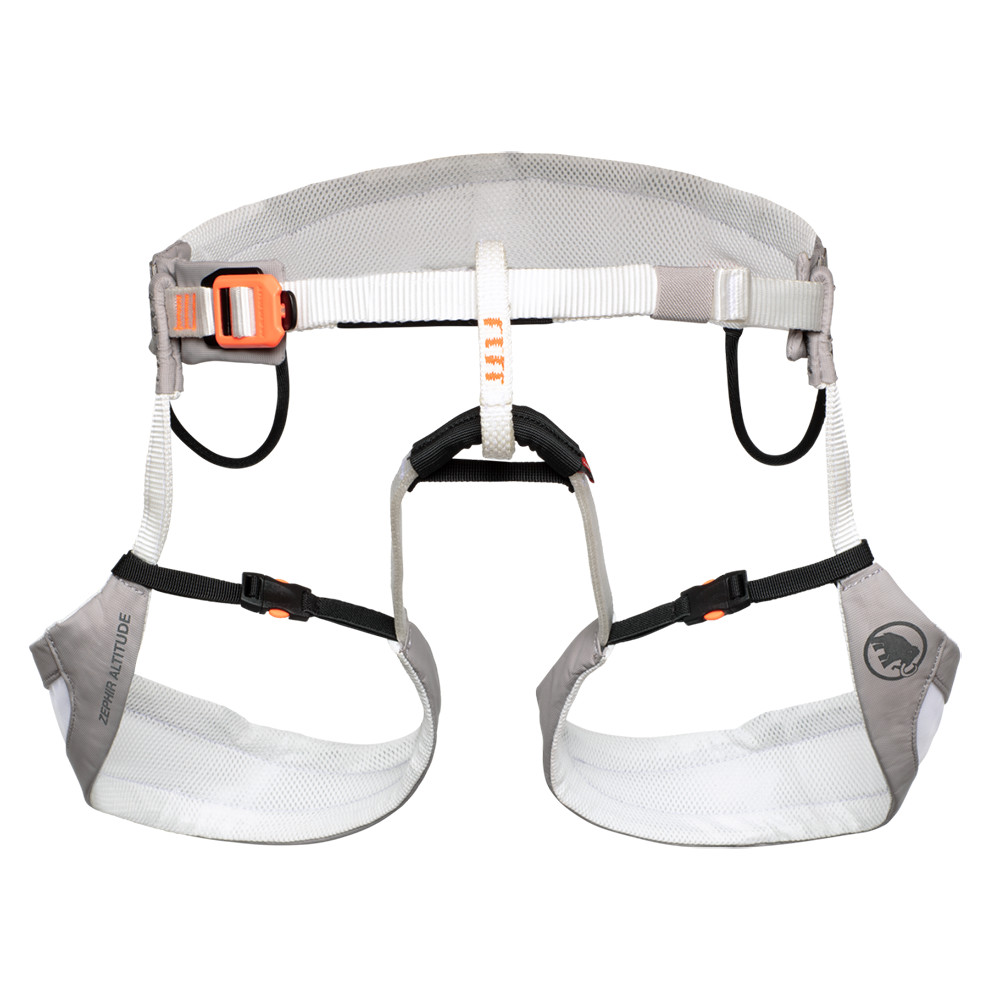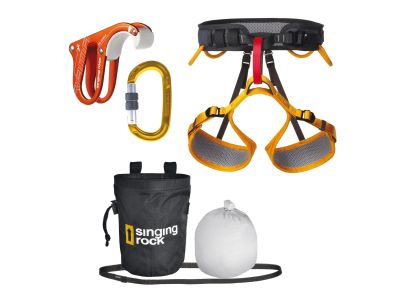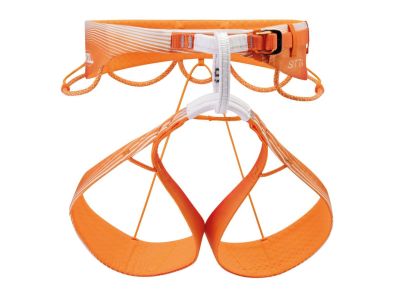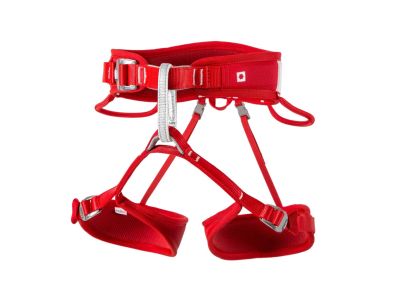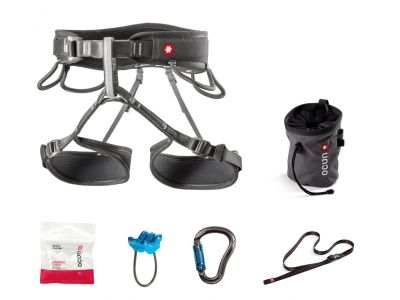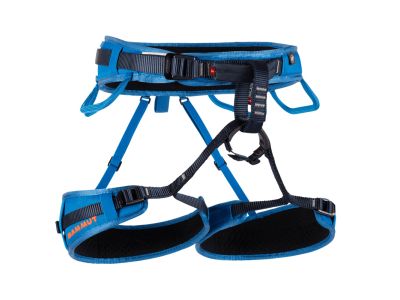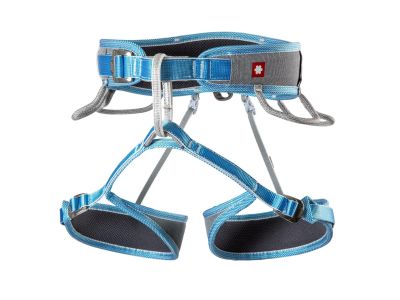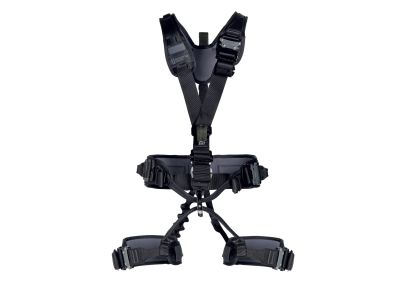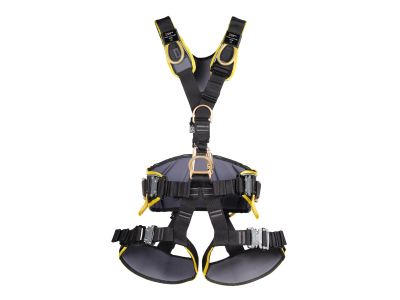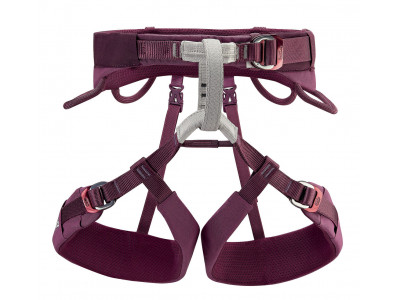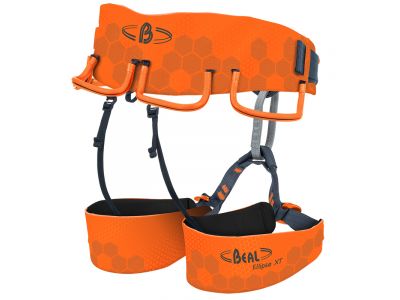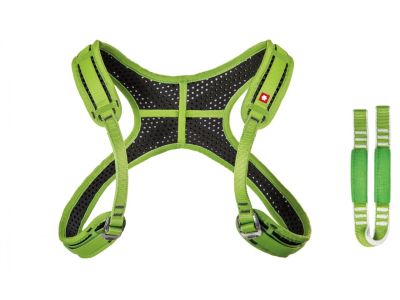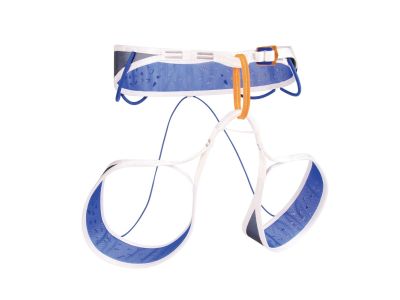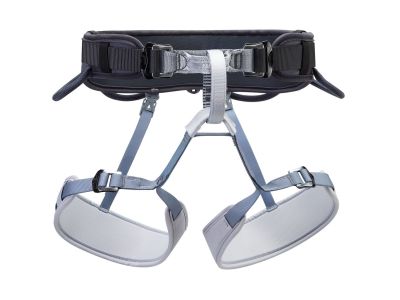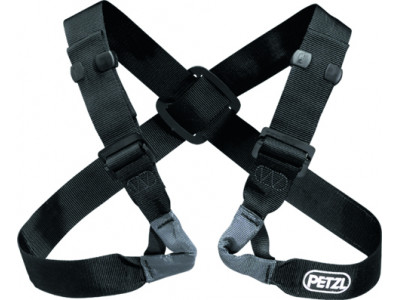Via ferrata routes often involve a combination of hiking and climbing, where climbers are secured to a steel cable that runs along the route using specialized harnesses and equipment. These routes are equipped with metal ladders, steps, bridges, and other devices to help climbers navigate the terrain. Via ferrata harnesses are designed specifically for this type of climbing and are different from regular climbing harnesses.
Seats and harnesses are essential equipment for various activities such as mountaineering and via ferrata climbing. They provide safety and support to the climber by distributing forces in the event of a fall or sudden impact.
What types of harnesses are there?
There are several specialized types of harnesses:
- Seat harnesses, as the name suggests, are designed to be worn around the waist and thighs. They feature a hip belt and leg loops that are adjustable and ensure a secure and comfortable fit. Seat harnesses are commonly used in activities where the climber spends a lot of time sitting, such as working at heights.
- Chest harnesses are worn around the chest and are often used in conjunction with seat harnesses. They provide additional support and prevent the user from tipping over in the event of a fall. Chest harnesses are usually equipped with adjustable straps and buckles to ensure proper fit and comfort.
- Full body harnesses are the most comprehensive type of harness and are often used in more demanding activities such as mountaineering or industrial work at height. They cover the entire body, including the waist, chest and shoulders, providing maximum support and distributing impact forces across the entire body. Full body harnesses are highly adjustable, allowing for a custom fit, and often include padding for added comfort during extended use.
Via ferrata harnesses are specifically designed to provide maximum safety and comfort. They typically offer a balance between freedom of movement and safety.
How to choose the right type of harness?
When deciding between a seat, chest or full body harness, there are several key factors to consider:
- Activity: Consider the specific activity you will be doing. Different climbing activities may have different harness requirements. For example, if you will be doing via ferrata or industrial work at height, a full-body harness may be the best choice. If you will be spending a lot of time sitting, such as climbing trees or working in a harness, a sit-down harness may be more comfortable.
- Safety: Consider the safety requirements for climbing. Some activities may have specific requirements or recommendations regarding the type of harness to use. Make sure the harness you select meets the necessary safety standards and provides adequate protection for the specific risks associated with the activity.
- Comfort: Evaluate the level of comfort provided by each type of harness. Seat harnesses are designed to provide comfort for extended periods of sitting, while chest and full-body harnesses are less comfortable but provide additional support and safety in the event of a fall or inverted position. Consider your personal comfort preferences and expected duration of use.
- Freedom of movement: Consider the level of freedom of movement needed for the activity. Seat harnesses provide greater freedom of movement for the legs, while chest and full-body harnesses distribute impact forces more evenly across the body. Assess your activity and determine which type of harness allows for the necessary range of motion while providing sufficient security.
